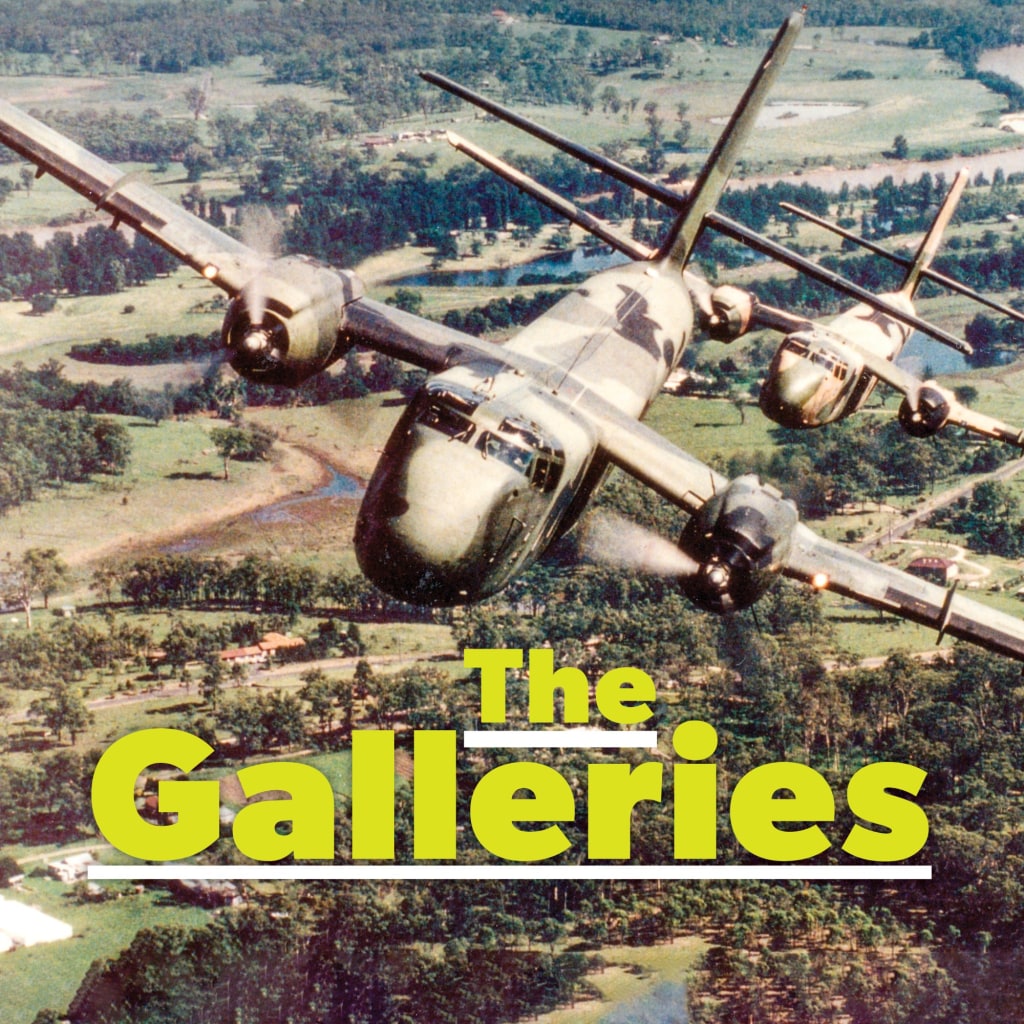In Focus
Muscle memory and simulators in role-based aerial firefighting
While simulators will always be secondary to flying on a real aircraft, these still hold an important place in both pilot and role-based firefighter training. Bella Richards examines the importance of simulators, the NAFC simulator project that kicked off in 2021 and Australia’s current capabilities.
Simulators build muscle memory, explains Bernie O’Rourke, an aviation and operation supervisor at NSW Rural Fire Service. While it can never truly recreate flying, it lets pilots improve in a safe environment so they can translate those skills to real life. It’s a delicate balance, but, as he explains, “You do your simulation time, and you do real air time, as well.” It’s important because the 2019-20 Black Summer bushfires highlighted many gaps in Australia’s firefighting preparedness but especially revealed how the nation must make good use of training simulators.
On top of his duties in the RFS, O’Rourke is also part of a National Aerial Firefighting Centre (NAFC) project focused on incorporating more advanced simulators into role-based firefighting training in Australia and New Zealand. While most simulators have predominately focused on advancing pilots’ skills, this project aims to boost the capabilities of air operations managers, air attack supervisors and air observers. These are the people who coordinate aerial dispersant and aircraft in support of controlling, and most importantly diminishing, ravaging fires.
This content is available exclusively to Australian Aviation members.
Subscribe to Australian Aviation for unlimited access to exclusive content and past magazines.A monthly membership is only $5.99 or save with our annual plans.
- Australian Aviation quarterly print & digital magazines
- Access to In Focus reports every month on our website
- Unlimited access to all Australian Aviation digital content
- Access to the Australian Aviation app
- Australian Aviation quarterly print & digital magazines
- Access to In Focus reports every month on our website
- Access to our Behind the Lens photo galleries and other exclusive content
- Daily news updates via our email bulletin
- Unlimited access to all Australian Aviation digital content
- Access to the Australian Aviation app
- Australian Aviation quarterly print & digital magazines
- Access to In Focus reports every month on our website
- Access to our Behind the Lens photo galleries and other exclusive content
- Daily news updates via our email bulletin












